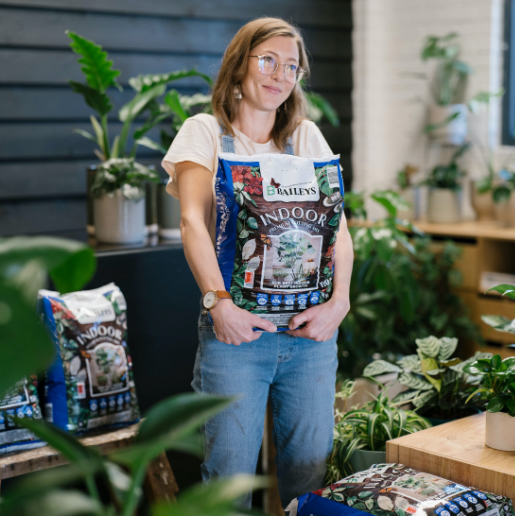
Join our Great Gardens Club!
Sign up to enjoy 15% off your first purchase from Baileys online. Plus, get our monthly WA gardening tips, latest news and promotions straight to your inbox.

Sign up to enjoy 15% off your first purchase from Baileys online. Plus, get our monthly WA gardening tips, latest news and promotions straight to your inbox.
May is a good month to plant almost any evergreen shrub, tree, ground cover or perennial while there is still warmth in the soil and rain to provide moisture. Through winter these plants usually grow an extensive root system which makes a launching pad for rapid spring growth a few months down the track. The only planting category that is best avoided at this time of the year is the tropicals.